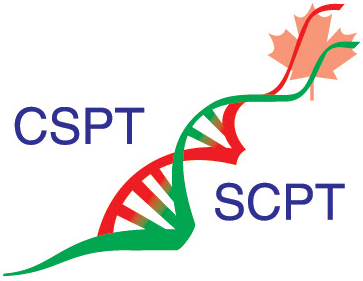Glossary of PharmacologyInverse AgonistDefinition:An agonist that binds to the receptor and reduces its constitutive activity leading to a biological response that is opposite to the response elicited by a full or partial agonist. Constitutively active agonist receptors are responsible for a certain biological effect and binding of inverse agonist to the receptor abolishes the spontaneous receptor activity and therefore translates into a biological effect in the opposite direction. Example: Olmesartan is an inverse agonist of the spontaneously active angiotensin II type 1 (AT1) receptor in the heart and blood vessels, and it inhibits such spontaneous activity leading to a reduction in blood pressure. |
